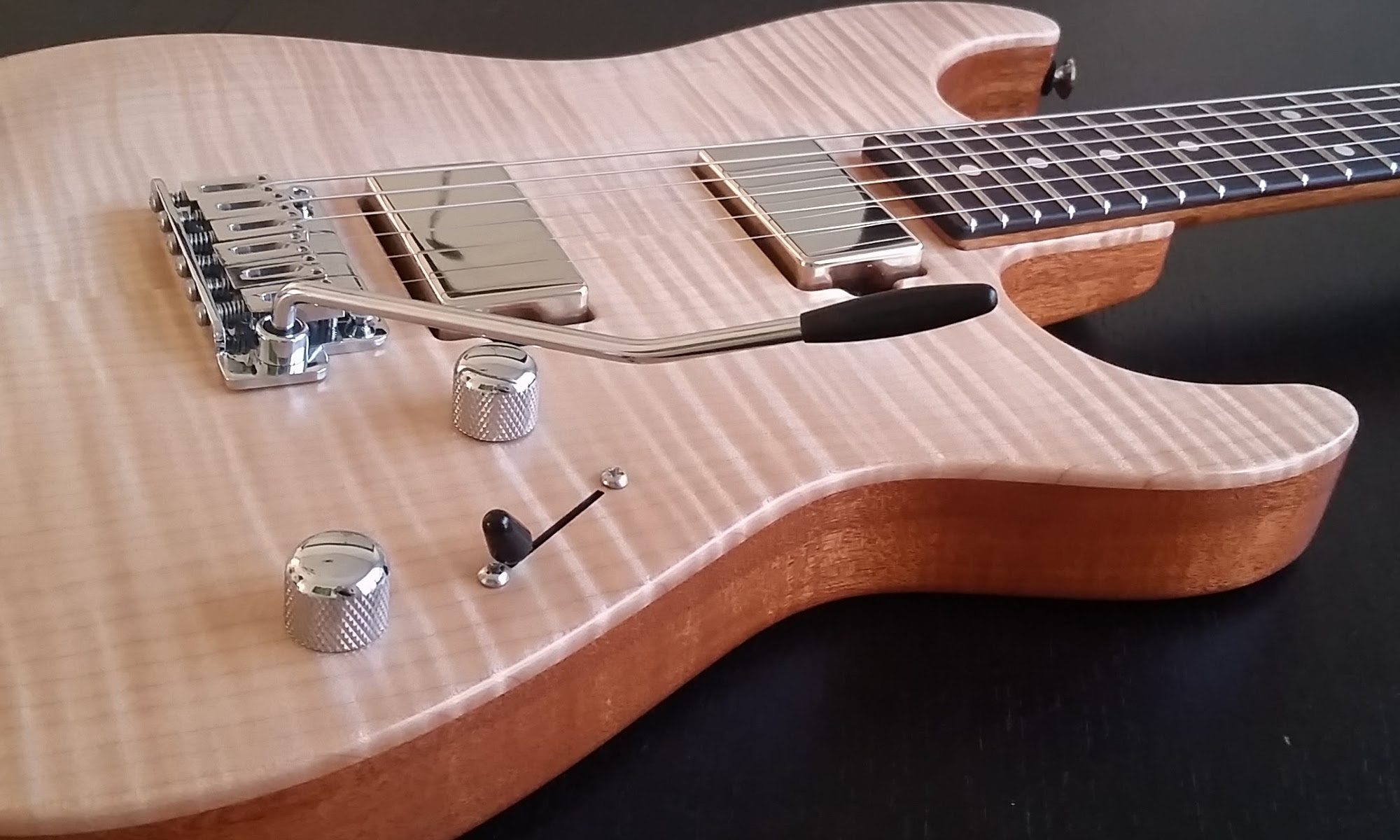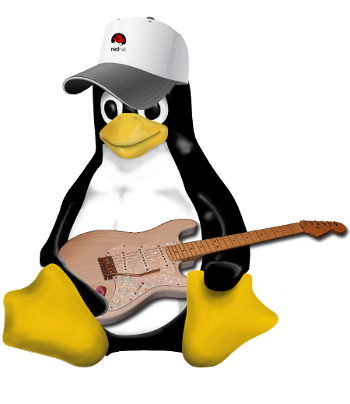This is my personal site for my guitar, gear, and open source related ramblings. Feel free to look around and enjoy yourself. I also hangout some on YouTube.
-Ben (mrguitar)

Guitars, Gear, and Open Source

This is my personal site for my guitar, gear, and open source related ramblings. Feel free to look around and enjoy yourself. I also hangout some on YouTube.
-Ben (mrguitar)